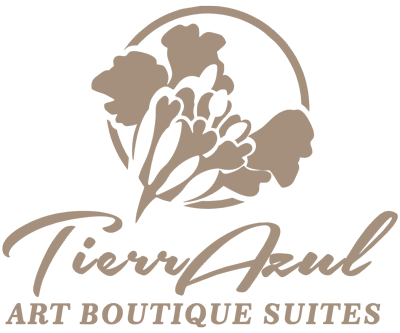The Unique Flora of Tenerife: A Natural Garden in the Heart of the Atlantic
Tenerife, the largest island of the Canary archipelago, captivates not only with its beaches, pleasant climate, and volcanic landscapes, but also with one of the most remarkable floras in Europe. Thanks to its wide range of microclimates, varied altitudes, and geographic isolation, Tenerife is home to an incredible diversity of plant species — many of them endemic to the island or to the archipelago itself. Discovering the flora of Tenerife is like walking through a living botanical garden that transforms with every step and elevation.
Botanical Diversity in a Small Territory
Despite its relatively small size, Tenerife is home to more than 1,400 species of vascular plants, around 200 of which are endemic to the Canary Islands. This means they are found nowhere else in the world. Some are exclusive to Tenerife itself, making the island a true natural sanctuary.
The island’s flora is distributed across distinct vegetation zones, depending on altitude and orientation. From the coastal areas to the high peaks of Mount Teide, each level presents a unique ecosystem, finely adapted to very specific environmental conditions.
Coastal Zones: Resilient to Sun and Salt
In the lowest areas, especially along the southern coast, the landscape is dominated by xerophytic shrubs adapted to drought, such as cardones (Euphorbia canariensis) and tabaibas (Euphorbia balsamifera). These sculptural-looking species are part of the so-called coastal scrub, a type of vegetation that withstands wind, sea salt, and water scarcity with remarkable resilience.
Midlands: The Garden of the Island
 As you ascend the slopes, particularly in the so-called medianías (between 400 and 1,200 meters above sea level), the scenery transforms into a mosaic of forests, cultivated fields, and native vegetation. In this zone, you’ll find species like the dragon tree (Dracaena draco), a millennia-old symbol of Tenerife, and various species of laurel forest, a humid subtropical woodland that is a living remnant of Tertiary flora.
As you ascend the slopes, particularly in the so-called medianías (between 400 and 1,200 meters above sea level), the scenery transforms into a mosaic of forests, cultivated fields, and native vegetation. In this zone, you’ll find species like the dragon tree (Dracaena draco), a millennia-old symbol of Tenerife, and various species of laurel forest, a humid subtropical woodland that is a living remnant of Tertiary flora.
One of the best places to experience this lush vegetation is the Anaga Rural Park, designated a Biosphere Reserve. Its trails wind through dense forests of laurel, lime, viñátigo, and fayal-brezal, creating an atmosphere that feels almost magical.
High Mountains: Flora of Mount Teide
Above 2,000 meters, the landscape changes dramatically. This is the realm of Teide National Park, where high-mountain flora has adapted to cold temperatures, strong winds, and intense solar radiation. In spring, the volcanic terrain bursts into color with the blooming of endemic species like the red tajinaste (Echium wildpretii), which grows up to two meters tall with its spectacular crimson spikes.
Also prominent is the Teide broom (Spartocytisus supranubius), whose delicate white flowers perfume the air in springtime. This high-altitude environment is a perfect example of how flora can thrive in extreme conditions while offering breathtaking beauty.
A Treasure We Must Protect
Tenerife’s rich plant life is not only a source of scientific and touristic interest, but also a natural heritage that deserves to be preserved. Many of its ecosystems are fragile, vulnerable to climate change, invasive species, and human activity.
Visiting the island with a respectful attitude toward its environment is the best way to help protect this unique legacy. Whether you’re hiking along nature trails, exploring protected parks, or simply pausing to admire a wildflower along the way, every encounter with Tenerife’s flora is a chance to connect deeply with nature.

